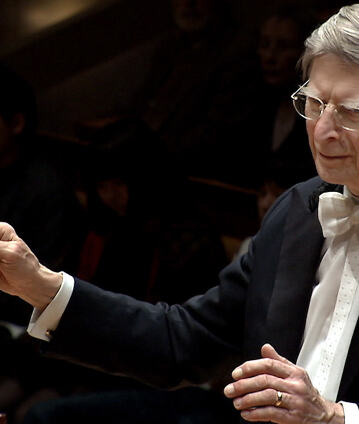Interview
Herbert Blomstedt à propos de « Nobilissima visione » de Hindemith et de la Messe en fa mineur de Bruckner Herbert Blomstedt dirige Bruckner et Hindemith

Herbert Blomstedt présente ici des œuvres qui ressuscitent un passé lointain avec toute la puissance évocatrice du post-romantisme. Tandis que la Messe en fa mineur d’Anton Bruckner offre une réinterprétation grandiose de la musique chorale liturgique, Nobilissima visione de Paul Hindemith retrace la vie de saint François d’Assise dans un style austère, archaïsant, mais avec sensualité – une « musique magique » qui « se rêve loin de la réalité » (Frankfurter Allgemeine Zeitung).
Berliner Philharmoniker
Herbert Blomstedt
© 2011 Berlin Phil Media GmbH
Interviews liées au concert